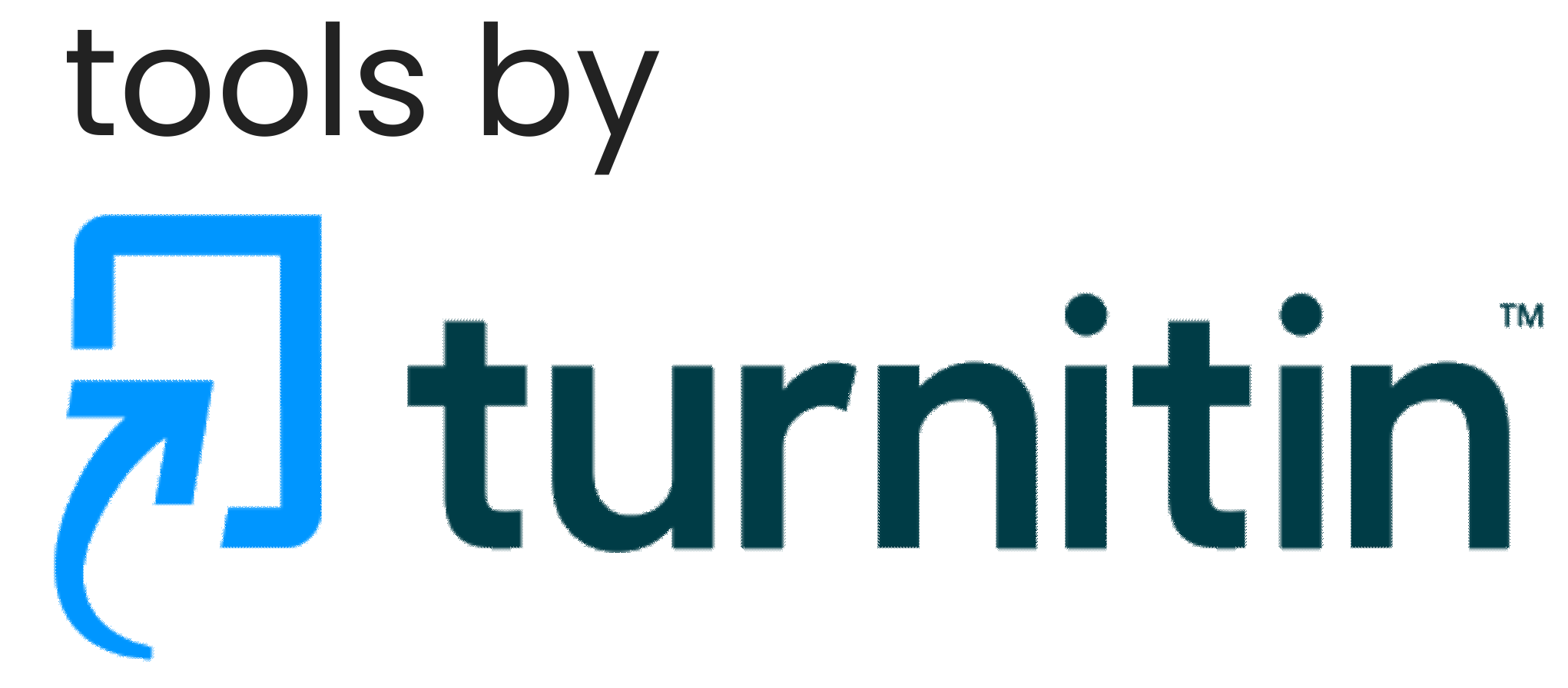The Internalization of Anti-Racial Discrimination Norm in the United States of America
DOI:
https://doi.org/10.36418/dev.v3i11.219Keywords:
African-American, Norm Internalization, Racial DiscriminationAbstract
This article discusses the reasons why racial discrimination against African-Americans persists in the United States of America in this 21st century. This study applies an explanatory qualitative approach and a literature study data collection. By using the concept of the norm life cycle by Kathryn Sikkink and Martha Finnemore, this study argues that the internalization of anti-racial discrimination norms in the United States (U.S.), especially adopted from the International Convention on the Elimination of All Forms of Racial Discrimination (ICERD), has not been fully completed. This research analyzes three aspects of norm internalization: actors, motives, and mechanisms. From those aspects, this study found that the actors’ efforts to internalize norms are hampered by the RUDs (Reservations, Understandings, Declarations) in the ratification of ICERD. The existence of white supremacy in the United States also disrupts the conformity (motive) needed for internalization. The last, in the aspect of mechanism, especially when it is viewed within the scope of the issuance of laws, there are certain legal decisions or policies which indirectly interfere with the implementation of the mechanism in the form of laws and regulations made by the United States before.
Published
Issue
Section
License
Copyright (c) 2022 Honest Dody Molasy, Citra Tunjung Sari Samsudin

This work is licensed under a Creative Commons Attribution-ShareAlike 4.0 International License.
Authors who publish with this journal agree to the following terms:
- Authors retain copyright and grant the journal right of first publication with the work simultaneously licensed under a Creative Commons Attribution-ShareAlike 4.0 International. that allows others to share the work with an acknowledgement of the work's authorship and initial publication in this journal.
- Authors are able to enter into separate, additional contractual arrangements for the non-exclusive distribution of the journal's published version of the work (e.g., post it to an institutional repository or publish it in a book), with an acknowledgement of its initial publication in this journal.
- Authors are permitted and encouraged to post their work online (e.g., in institutional repositories or on their website) prior to and during the submission process, as it can lead to productive exchanges, as well as earlier and greater citation of published work.













